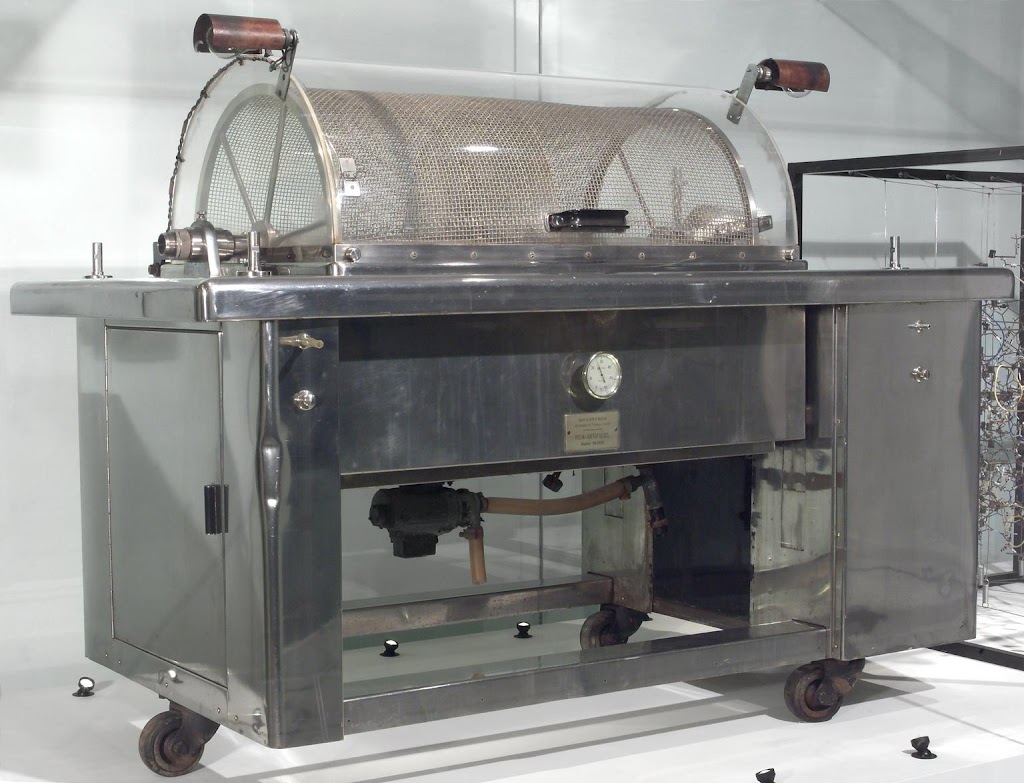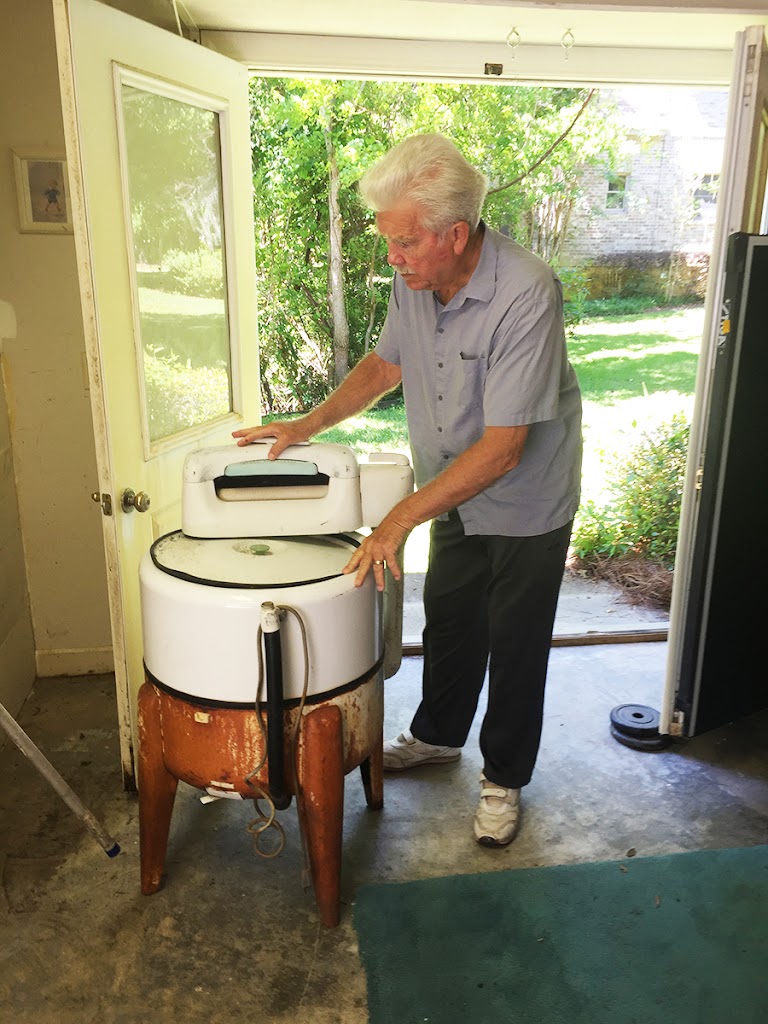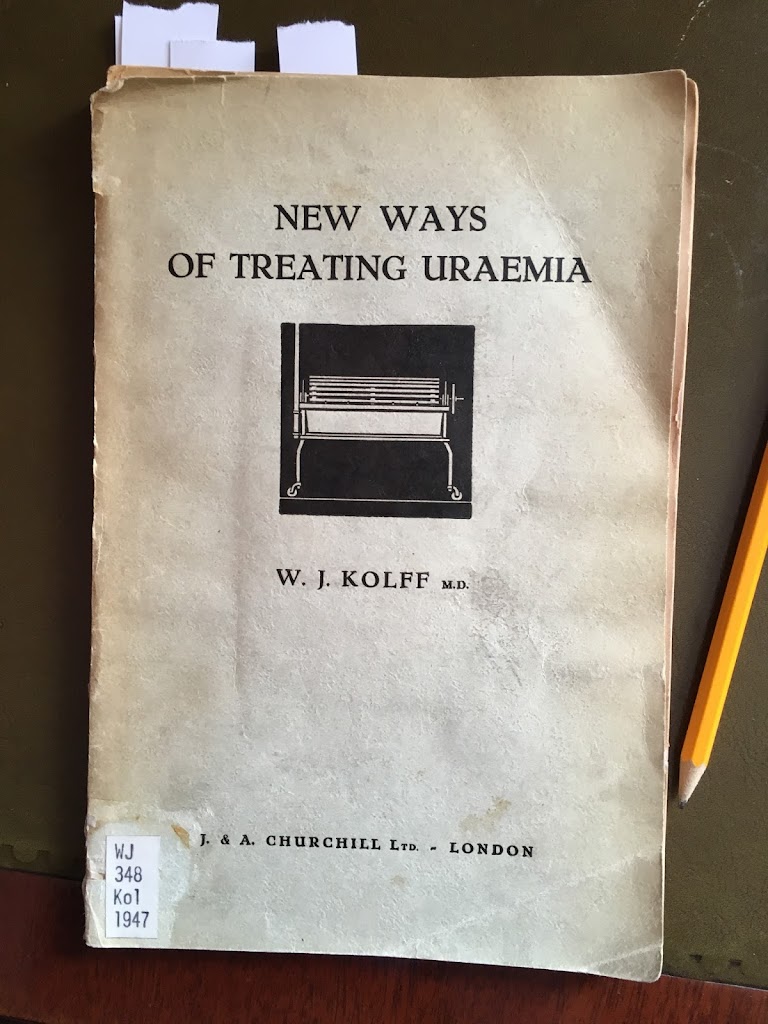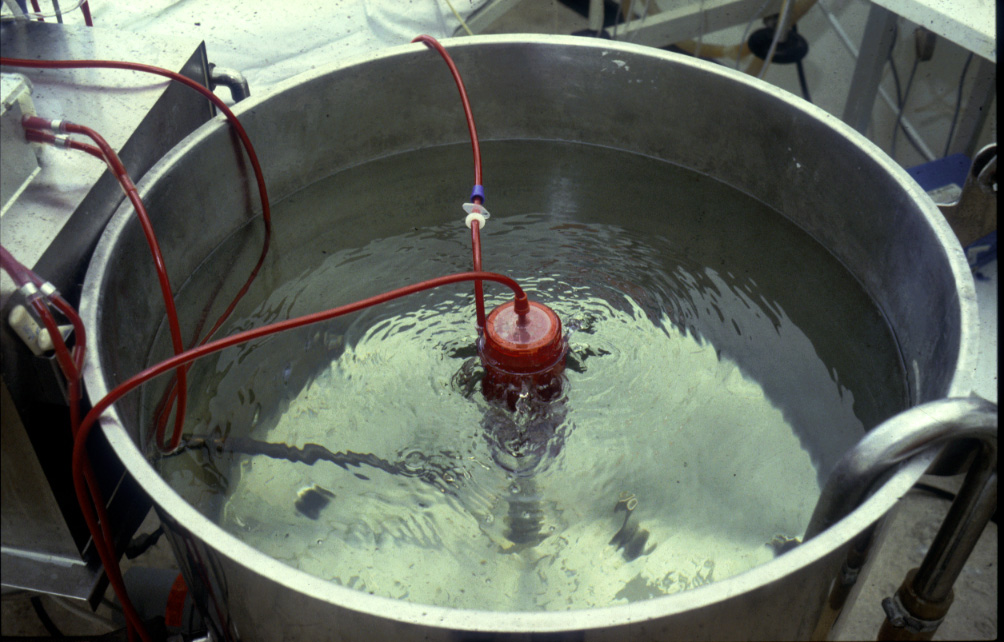-
Dialysis disequilibrium

The shock of late, rapid dialysis – Glasgow, 1962 The early rotating drum dialysers had a large surface area, and because of the difficulties of doing each dialysis, coupled with the need for one-off vascular access each time until the Scribner shunt came into use, intervention was late, and dialysis sessions were infrequent and long.…
-
Hundreds of local stories in the development of dialysis

Illustrated in 1960s Augusta, Georgia An account at the coincidence of racial desegregation and the first hints of feasibility of long term dialysis and transplantation. George Van Giesen and Maytag washing machine (with permission of the author). George Van Giesen entered private practice in Augusta in 1963 from a two-year nephrology/metabolic fellowship in Dallas under…
-
New ways of Treating Uraemia, 1947

Kolff reflects on four available techniques This fascinating 1947 book of just over 100 pages gives Willem ‘Pim’ Kolff’s own, fuller, more reflective account of the development, testing, and first successful use of haemodialysis. Amazingly, this was achieved while working away from academic centres in Nazi-occupied Holland. The first 10 pages summarise previous work on…
-
1961: threshold of the new nephrology

A symposium in Edinburgh on 25th March 1961 was one of the first in the UK to consider the full new range of clinical nephrology. Twin coil artificial kidney (Kolff-Travenol dialysis machine) in Edinburgh Dialysis for acute renal failure (ARF, AKI)The excitement in the first session is palpable. Nobody at this meeting was negative about…
-
Home haemodialysis – how far can it go?

The home dialysis expansion of the 1960s and 70s Olga Heppel – one of the UK’s first home haemodialysis patients at home in 1964. Watch the movie at britishpathe.com. It came as a surprise to many that haemodialysis could be more than a short-term treatment. But pressures on capacity were immediate, varying methods being used…
-
Aluminium poisoning
Draws attention to the importance of water quality in the 1970s Your dialysis team on the verge of the 1970s (Kings College Hospital 1969) Just as the outbreak of dialysis-associated hepatitis was dying down, a report (Alfrey et al) from Denver in 1972 described the first of many worldwide clusters of dialysis patients with an…
-
The record holders
A few patients have been on renal replacement therapy for over 45 years The Royal Free programmeThis photograph of ‘The Lucky Thirteen’ taken in 1965 shows patients treated at the UK’s first centre for long-term dialysis at the Royal Free Hospital, London, with their consultant Dr Stanley Shaldon (centre, front row). Olga Hepple, left of…
-
Who shall live? Patient selection for dialysis
Dustman before Duke? Title from the 1965 NBC documentary about dialysis in Seattle The first patient with end stage renal failure deliberately taken on for dialysis was Clyde Shields, who was started on treatment by Dr Belding Scribner in Seattle in 1960. A couple of years later several more patients were being kept alive in…
-
The Korean War 1950-3: acute dialysis finds its place
War medicine tests science and dialysis In June 1950, North Korea invaded South Korea. After a rapid advance, their army was repulsed by American and Commonwealth reinforcements, but in November China joined the war and the battle lines moved back and forth until settling around the 38th parallel marking the border. Fighting continued until an…
-
Hepatitis outbreaks run through renal units: 1964-72
Staff as well as patients die, and new patients are turned down in affected centres From about 1964 there was increasing excitement that dialysis might become a major life-saving treatment for chronic renal failure, not just for acute renal failure. Transplantation was also in its infancy, but despite some promise, overall success rates at this…
-
The birth of home dialysis
The first home haemodialysis, 1964 In the early 1960s dialysis was still a very new technology. It was high-tech, life-saving and dramatic. That you can run the the blood of conscious patients through a machine to replace a critical body function is still pretty amazing today. The idea of sending patients home to look after…
-
Dialysis for endstage renal failure in the UK
Good news travels quickly In September 1960 Scribner recounted his first 6 months experience of dialysis via the new AV shunt at the first International Society of Nephrology meeting in Evian, which had just launched its mineral water. (If you haven’t already, you might start by reading Dialysis for endstage renal failure in the world.…
-
Dialysis for endstage renal failure (ESRF, ESRD)
The obstacles started to fall in 1960 On the 9th March 1960, Clyde Shields, a Boeing machinist in Seattle, was started on haemodialysis despite having chronic kidney failure. He was the first long-term dialysis patient and the beginning of a revolution. He survived with transplant until 1971, but he is unlikely to have suspected at…
-
The first randomised controlled trial in dialysis
In 1980 the NCDS led to the first minimum standards for dialysis The National Cooperative Dialysis Study (NCDS) reported in March 1980. It led to the widespread acceptance of minimum standards for ‘dialysis dose’ worldwide. However few people have read the full study. It is hard to find in libraries, and you can’t get it…
-
Haemodialysis was first used successfully in 1945
Willem (‘Pim’) Kolff’s remarkable achievement Kolff is famously the man who first put the developing theory of therapeutic dialysis into successful practice in the most unlikely circumstances, in Kampen in the occupied Netherlands during World War 2. Influenced by a patient he had seen die in 1938, and in a remote hospital to avoid the…